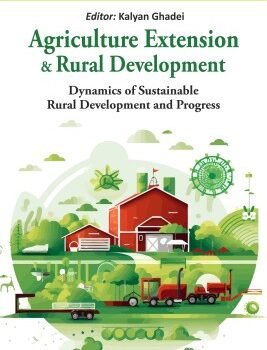| Biotechnological tools serve to complement conventional approaches in the realms of conservation, characterization, and utilization, ultimately aiming to enhance the production and productivity of both agricultural and horticultural crops. The emergent field of bioinformatics is an integrated discipline born from the fusion of biology and informatics, encompassing various cutting-edge scientific frontiers, such as genomics, proteomics, and metabolomics.
The burgeoning repository of proteome and genome information, which nearly doubles annually, possesses significant implications and applications across diverse areas of science, including agriculture, horticulture, forestry, and food science. Cheminformatics, a specialized field, focuses on a range of problems within the realm of chemistry. By employing cheminformatics methods, it is possible to identify naturally occurring chemical compounds in crops that act against pests, thereby reducing the reliance on chemical pesticides. Bioinformatics has transformed the discipline of life sciences from a purely laboratory-based science to an information-driven science as well. The book Agriculture Bioinformatics, a comprehensive collection of 17 chapters authored by experts in their respective fields, offers both theoretical knowledge and practical, applied aspects aimed at enhancing the productivity and quality of crops. |
| author | R. Keshavachandran & S. Raji Radhakrishnan |
|---|---|
| publisher | nipa |
| language | english |
| pages | 442 |
















